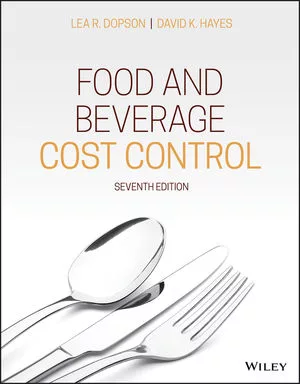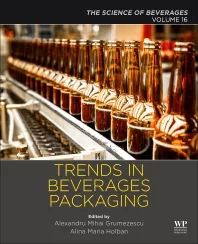Beverage operators must develop effective maintenance plans
Preventative, emergency plans necessary for effective program
Every segment of the beverage industry is a capital intensive operation. The facility, machinery, equipment and processes required to build a carbonated soft drink (CSD) plant, brewery, winery or distillery creates assets from which a return would be expected. With such important investments, the created assets must be protected to ensure maximized utilization and efficiency, as well as minimized downtime and damage.
To accomplish these goals, the assets must be adequately and properly maintained. However, the word maintenance can have different meanings depending on the operating conditions and a variety of management philosophies. Therefore, it is best to clarify this word before discussing or establishing guidelines for an effective maintenance program.
From an operations perspective, two basic categories can be used to define specific types of maintenance. First, use the basic premise to get maximum efficiency (utilization). Several terms such as preventive, predictive, planned and scheduled maintenance have been used with slight differences, but all are basically quite similar. The focus will be on preventive maintenance (PM), which in context, is planned, scheduled and predictive.
Second, when machinery, equipment and/or processes experience malfunctions it does in fact create an emergency operating situation requiring immediate or emergency maintenance (EM).
Using PM and EM categories and establishing an effective maintenance program must recognize the important and necessary relationship between the two.
Most machinery and equipment manufacturers usually establish recommended schedules, methods and procedures; however, the suggested guidelines might not be applicable after long-term use or if operating conditions change from what was initially intended. Therefore, modifications would be necessary to adapt to the new operating conditions. In this situation, many manufacturer PM programs were manually administered and executed by plant personnel trained by the manufacturer.
From an engineering viewpoint, constantly changing designs, technology and complexity of maintenance tasks created a new rationale and development of computerized programs. To become effective, significant changes involved different personnel training, budgets and management philosophies to cope with specific new operating conditions.
Keep in mind the distinct “working” relationship between PM and EM and the execution necessary to experience an effective program along with the factors that contribute to that execution. Another basic premise to be considered in an effective program is that EM cost decreases as PM cost increases. Also factored into this comparison is the cost of downtime that will be reduced or eliminated with justified PM cost.
The following guidelines structured as dos and don’ts, could be helpful:
Program — Manual (good for smaller operations) or computerized (many available but caution on application), in either case, should be simplistic and configured to a facility’s physical needs, including facility, machinery, equipment and processes.
Proficient Personnel — Ensure maintenance workers are selected according to specific criteria for scope of tasks pertinent to a plant location. Make sure workers are experienced and can pass knowledge level testing and, if not experienced, it is necessary to train potential maintenance people preferably by the manufacturer. Avoid having plant-trained workers instruct other workers because this tends to lessen the effectiveness of program execution. Any program must have top management commitment and possess mechanics who know how to use effective managerial direction.
Budgeting — From experience, observation and analysis/evaluation, the budgeting of maintenance monies has always been a debatable and controversial topic. The management committee is a part of the budgeting process. Assets must be maintained to realize expected return-on-investment and length of service; therefore, budgets for maintenance, whether PM or EM, should be based on asset needs and performance records (including downtime logs, EM costs and adherence to PM schedules). Using this approach can prevent unjustified, unnecessary and “cross the board” budget reductions that could cause asset damage going forward.
The following are among the significant maintenance program areas that should be evaluated:
- Compare – PMs scheduled versus actual completed
- Compare – PM cost versus EM cost
- Track – downtime before and after PM work
- Evaluate – cost trends of downtime during various time periods
- Personnel – training log and activity: scheduled versus actual
- Analyze maintenance cost – percentage of asset value and trends from year-to-year (updated annually)
- Upgrade programs as operating conditions change
- Determine facility maintenance needs before any program acceptance. BI
Looking for a reprint of this article?
From high-res PDFs to custom plaques, order your copy today!






